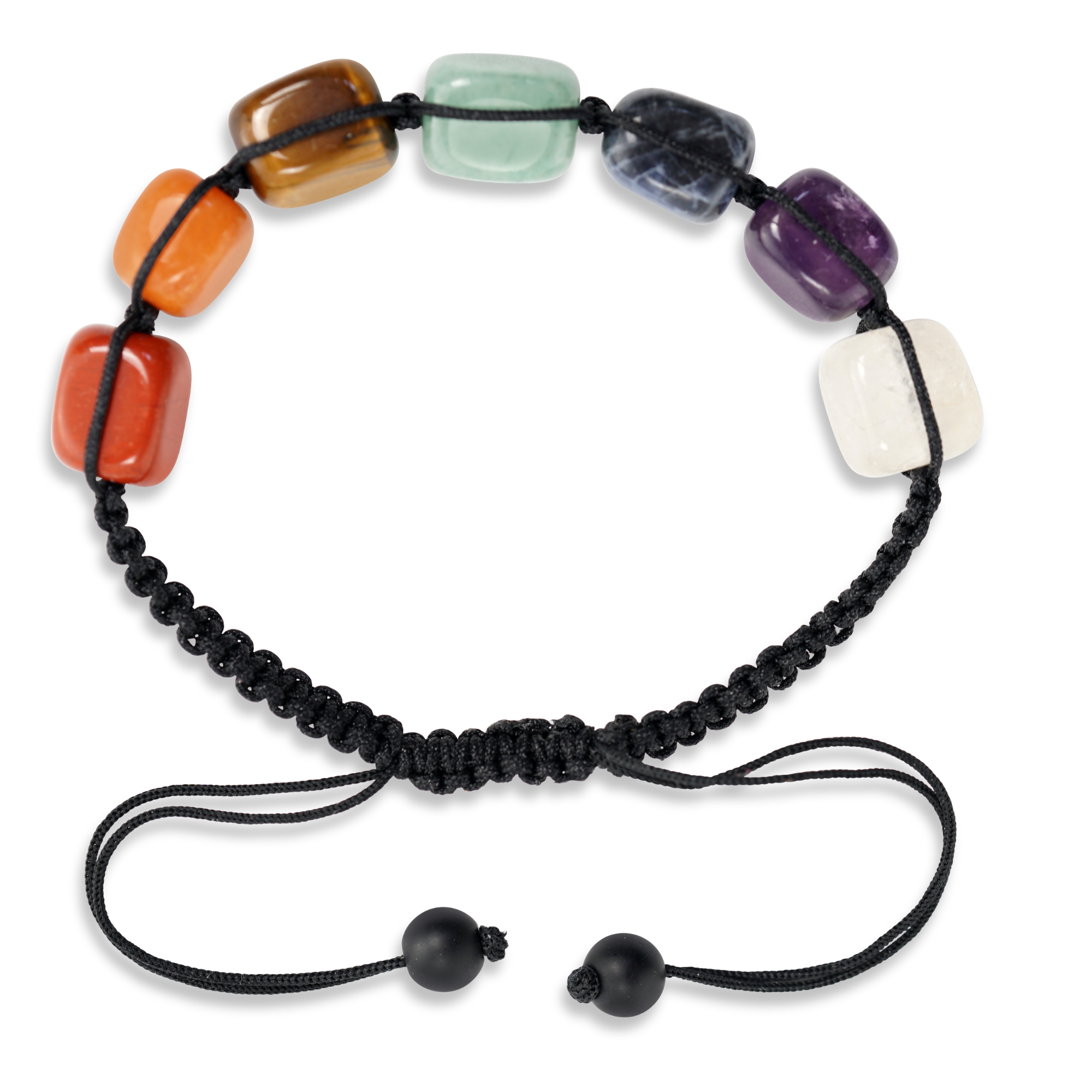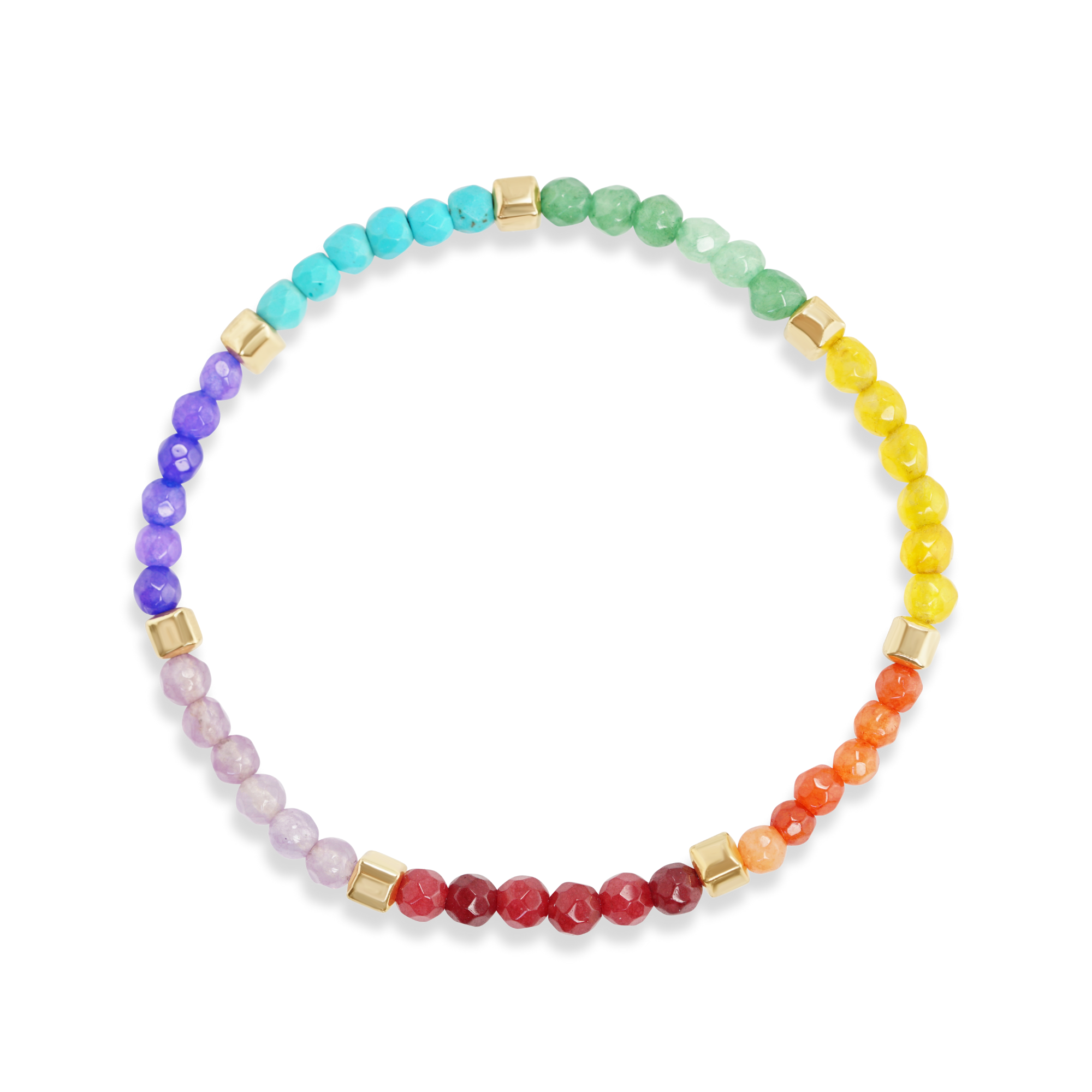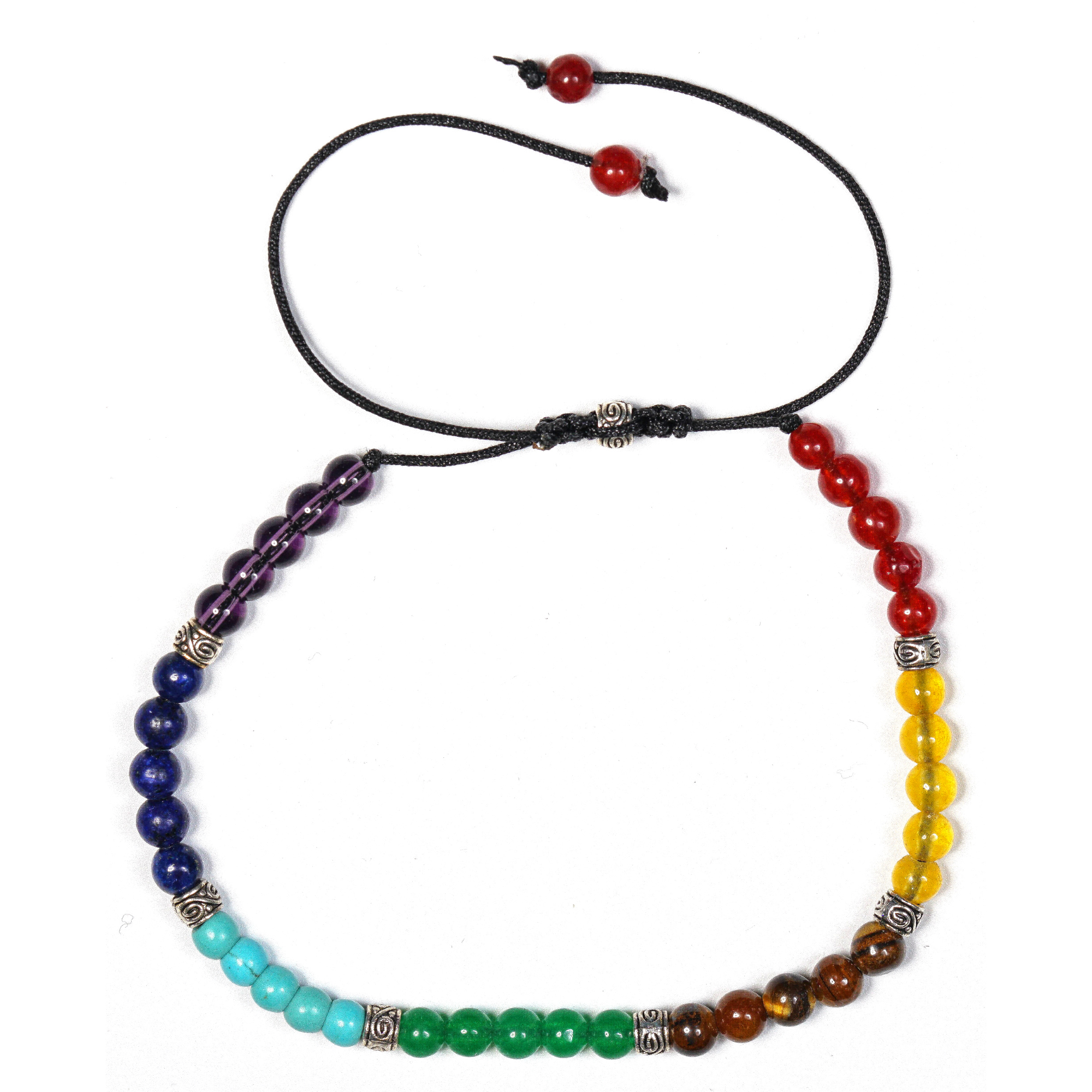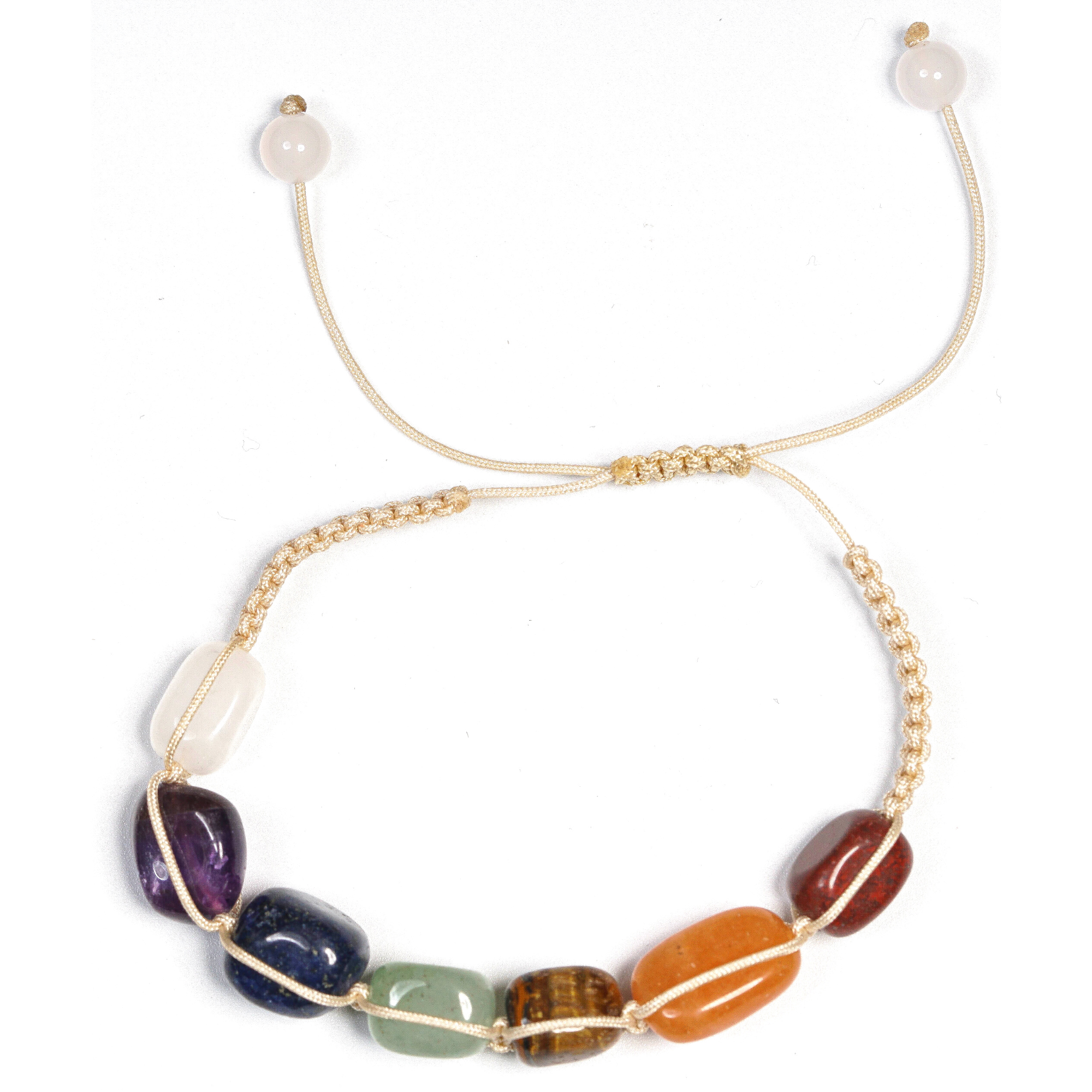
Amethyst
Amethyst is a purple variety of quartz (SiO2) and owes its violet color to irradiation, impurities of iron (Fe3+) and in some cases other transition metals, and the presence of other trace elements, which result in complex crystal lattice substitutions. The irradiation causes the iron Fe3+ ions that replace Si in the lattice to lose an electron and form a [FeO4]0 color center. Amethyst is a three-dimensional network of tetrahedra where the silicon atoms are in the center and are surrounded by four oxygen atoms located at the vertices of a tetrahedron. This structure is quite rigid and results in quartz's hardness and resistance to weathering. The hardness of the mineral is the same as quartz, thus making it suitable for use in jewelry.
- Amethyst occurs in primary hues from a light lavender or pale violet to a deep purple. Amethyst may exhibit one or both secondary hues, red and blue. High-quality amethyst can be found in Siberia, Sri Lanka, Brazil, Uruguay, and the Far East. The ideal grade, called "Deep Siberian", has a primary purple hue of around 75–80%, with 15–20% blue and (depending on the light source) red secondary hues. "Rose de France" is defined by its markedly light shade of the purple, reminiscent of a lavender/lilac shade. These pale colors were once considered undesirable, but have recently become popular due to intensive marketing.
- Green quartz is sometimes called green amethyst; the scientific name is prasiolite. Other names for green quartz are vermarine or lime citrine.
- Amethyst frequently shows color zoning, with the most intense color typically found at the crystal terminations. One of a gem cutter's tasks is to make a finished product with even color. Sometimes, only a thin layer of a natural, uncut amethyst is violet colored, or the color is very uneven. The uncut gem may have only a small portion that is suitable for faceting.
- Natural purple/violet amethyst
- Heat-treated amethyst
- Natural pink amethyst
- The color of amethyst has been demonstrated to result from substitution by irradiation of trivalent iron (Fe3+) for silicon in the structure, in the presence of trace elements of large ionic radius,[3] and to a certain extent, the amethyst color can naturally result from displacement of transition elements even if the iron concentration is low. Natural amethyst is dichroic in reddish violet and bluish violet, but when heated, turns yellow-orange, yellow-brown, or dark brownish and may resemble citrine, but loses its dichroism, unlike genuine citrine. When partially heated, amethyst can result in ametrine.
- Amethyst can fade in tone if overexposed to light sources, and can be artificially darkened with adequate irradiation.[4] It does not fluoresce under either short-wave or long-wave UV light.
Dummy Text
Dummy Text
Dummy Text
Dummy Text
Gems & Crystal Stones

7 Chakra Armbänder aus Naturperlen
€19,00

7 Chakra Armband Peace of Mind
€19,00

7 Chakra Armband Full Moon
€19,00

7 Chakra Armband Journey
€19,00

7 Chakra Armband Energy Flow
€29,00

7 Chakra Armband Sunshine
€19,00

7 Chakra Armband Floating Water
€29,00

7 Chakra Armband Rising Lotus
€19,00



